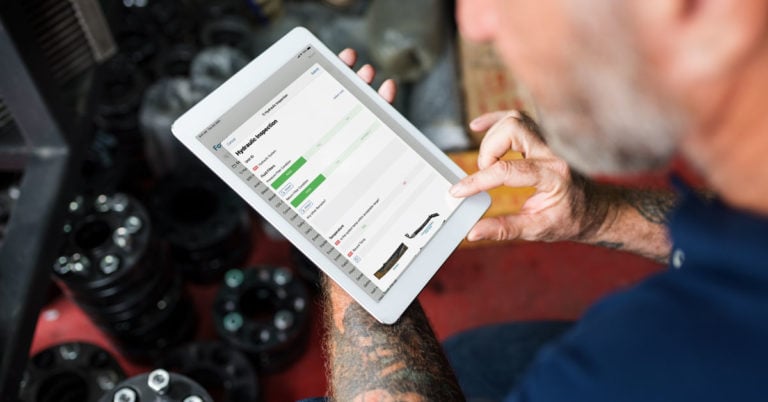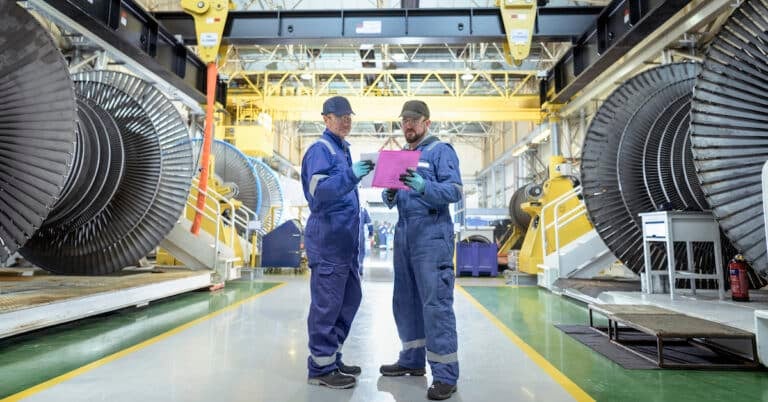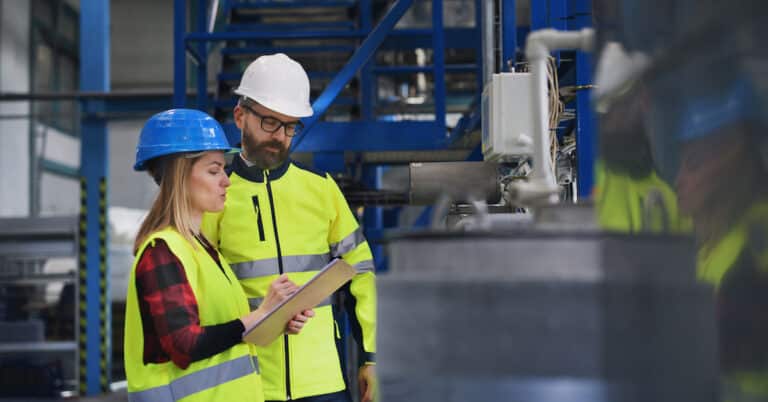A Computerized Maintenance Management System (CMMS) is no longer a “nice-to-have” — it’s a must-have for organizations looking to reduce downtime, cut costs, and build a proactive maintenance culture. Whether you’re managing a single facility or overseeing operations across multiple sites, a CMMS offers the visibility, control, and automation necessary to stay competitive. In this blog, we’ll break down the top 10 reasons why a CMMS should be part of your operations toolkit.
What is CMMS?
A CMMS which stands for Computerized Maintenance Management System, is a type of maintenance management software that centralizes your maintenance data and workflows. It helps organizations schedule, track, and optimize maintenance activities for assets like machinery, buildings, and fleet vehicles. At its core, a CMMS eliminates spreadsheets, paper-based tracking, and reactive maintenance with a digital-first, preventive approach.
Key Functions of a CMMS System
- Work Order Management: Create, assign, and monitor maintenance tasks in real-time.
- Asset Management: Track asset history, condition, location, and total cost of ownership.
- Inventory Management: Monitor spare parts, reduce stockouts, and avoid over-ordering.
- Preventive Maintenance (PM): Automate recurring PM tasks and alerts to reduce unplanned downtime.
- Reporting and Analytics: Generate performance reports and KPIs for data-driven decision-making.
- Resource Scheduling: Optimize technician workloads, shifts, and material availability.
Top 10 Reasons to Use a CMMS
1. Say Goodbye to Paperwork
Manual paperwork slows everything down and leads to data loss or inaccuracies. A CMMS enables real-time, digital data entry — saving technicians hours each week. Maintenance teams can log issues on-the-go via mobile apps, improving accuracy and compliance.
2. Fewer Mistakes, Better Quality Control
Manual data entry has an error rate of over 1%, which grows exponentially with complexity. A CMMS reduces transcription errors, eliminates duplicate data, and lets technicians follow guided workflows with attachments like SOPs, diagrams, and safety checklists.
3. Capture Issues in the Field—Immediately
When breakdowns happen, your team shouldn’t rely on memory or paper notes. A mobile CMMS enables real-time capture of photos, notes, or videos—even offline. This allows faster triage and improves the accuracy of root cause analysis later.
4. Centralize Asset Records
Most organizations still struggle with siloed systems or paper binders for compliance tracking. A CMMS offers a single source of truth for asset history, audits, and certifications—ensuring you’re ready for inspections and audits at any time.
5. Stay Ahead with Preventive Maintenance
Reactive maintenance is 2–5x more expensive than preventive maintenance. A CMMS helps you shift from firefighting to forecasting, using historical data to schedule PM tasks with the right parts, people, and tools ready.
6. Unify Multi-Site Operations
If you have multiple facilities, a CMMS provides standardized workflows and visibility across sites. This supports consistent compliance, benchmarking, and shared learning across your operations.
7. Improved Team Communication
With built-in messaging, push notifications, and job updates, a CMMS keeps communication centralized and contextual. Everyone knows who’s doing what, and when—no more chasing down updates.
8. Real-Time Visibility for All Stakeholders
Technicians, supervisors, and executives all get tailored dashboards and alerts. CMMS systems integrate with wearables, mobile devices, and even IoT sensors for real-time condition monitoring.
9. Pause and Resume Without Losing Data
Work interruptions happen. With a CMMS, technicians can pause jobs, reassign tasks, and resume work without losing their place. This prevents missed steps and improves audit trails.
10. Stay Organized, Always
Stop digging through spreadsheets or emails. A CMMS makes your data searchable, filterable, and exportable. Better organization means faster answers during audits, inspections, or budget reviews.
Final Thoughts: CMMS Is the Future of Maintenance
Whether you’re a reliability engineer or a plant manager, a CMMS helps you work smarter, not harder. Redlist’s cloud-based CMMS puts all of this power in your pocket — with offline mode, intuitive dashboards, and fast implementation.
Ready to get started? Talk to our team today and see how Redlist can help you reduce downtime, increase team productivity, and simplify compliance.


